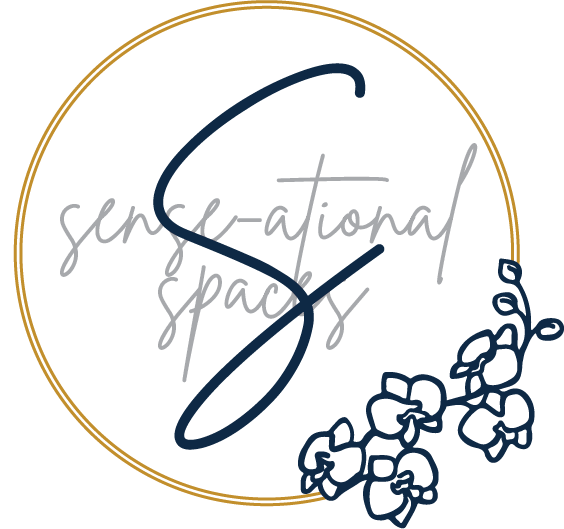Supporting Sibling Relationships Through Occupational Therapy (OT)
Importance of Sibling Relationships
Siblings share a common environment, and their close relationship allows them to navigate life together, offering mutual support during challenging times. In many ways, siblings are each other's first social partners, learning to communicate, cooperate, and resolve conflicts within the family.
For children with disabilities, the relationship between siblings can be incredibly special. It gives both children opportunities to develop empathy, offer support, and share meaningful experiences. Siblings often become strong advocates for each other, helping their brother or sister feel accepted, loved, and understood. Their bond is built on shared familial memories, everyday routines, and a deep understanding of each other’s strengths and struggles. This connection creates a lasting foundation for a lifetime of support and companionship (McHale et. al., 2014).
Siblings of children with disabilities often end up taking on extra responsibilities, even though this isn’t something parents usually plan for or ask them to do, which can be both emotionally and physically taxing. As a result, these siblings may feel overlooked or less important, especially if their own needs don’t get as much attention. This can lead to feelings of isolation, resentment, or stress, as they may feel their needs come second to their brother or sister’s condition. Siblings might also experience guilt, confusion, or even embarrassment, particularly if their sibling’s behavior makes them feel different from their peers, which can create social challenges or a sense of self-consciousness. High levels of stress may arise in individuals of siblings with disabilities due to the unpredictability of their daily lives. This can become more prevalent as time progresses, siblings may take the responsibility of caring for their sister or brother living with a disability when their parents are no longer able to. This can continue to cause stress, potentially impacting relationships around them (Braaten, n.d.; Strohm, 2019).
It is important to support your children in any way possible and encourage sibling relationships. Check out SENSE-ational Spaces activities to do with your children to foster sibling connection!
Role of Occupational Therapy in Enhancing Family Dynamics
Occupational therapy (OT) is an important resource that helps not just the child with disabilities, but the whole family—including siblings. OT focuses on improving communication, building empathy, managing emotions, and promoting healthier family dynamics. This helps create a more balanced, supportive environment for everyone, allowing siblings to thrive while also playing a positive and nurturing role in their brother or sister's life. In turn, this strengthens family relationships and builds resilience.
As a parent, you’re likely familiar with the challenges of raising a child with disabilities, especially when it comes to balancing the needs of your child and their typically developing siblings. Siblings might feel overlooked or even overwhelmed by the extra attention their brother or sister needs, which can affect their emotional well-being and the overall family dynamic. That’s where occupational therapy can help.
OT not only supports the child with disabilities but also provides valuable support to you as a parent and helps strengthen the entire family, including the siblings. It’s a way to ensure everyone in the family feels seen, supported, and able to thrive (Grandisson et. al., 2023).
Supporting Siblings in Their Emotional Journey
In occupational therapy sessions, siblings can work on processing their emotions. Children may experience feelings of frustration, guilt, or neglect when they perceive that their sibling with disabilities is getting more attention.
The above activities support body awareness, reduce physical tension, increase calmness, reduce muscle tightness, reduce stress and anxiety, and promote a supportive relaxing environment.
Sibling relationships can be one of the most powerful sources of support and connection in a child’s life. Occupational therapy provides essential tools and strategies to help siblings navigate the complexities of growing up with a sibling who has disabilities. By teaching emotional regulation, fostering empathy, improving communication, and creating opportunities for positive, shared experiences, OT can help build stronger, more supportive sibling relationships.
References
Braaten, E. (n.d.). Growing up with a sibling with a disability. The Clay Center For
Young Healthy Minds. https://www.mghclaycenter.org/parenting-concerns/growing-up-with-a-sibling-with-a-disability/#:~:text=Sometimes%20it%20can%20lead%20to,for%20individual%20differences%2C%20and%20resiliency
Grandisson, M., Martin-Roy, S., Marcotte, J., Milot, E., Girard, R., Jasmin, E.,
Fauteux, C., & Bergeron, J. (2023). Building families’ capacities: Community forums with parents and occupational therapists. National Library of Medicine. https://pmc.ncbi.nlm.nih.gov/articles/PMC10189820/#:~:text=Occupational%20therapists%20regularly%20work%20with,to%20themselves%20and%20their%20families.
McHale, S., Updegraff, K. & Whiteman, S. (2014). Sibling relationships and
influences in childhood and adolescence. National Library of Medicine. https://pmc.ncbi.nlm.nih.gov/articles/PMC3956653/
Strohm, K. (2019). Support needs of siblings of children with disability. Australian
Institute of Family Studies. https://aifs.gov.au/resources/short-articles/support-needs-siblings-children-disability#:~:text=Many%20siblings%20of%20children%20and,an%20issue%20for%20young%20siblings.




